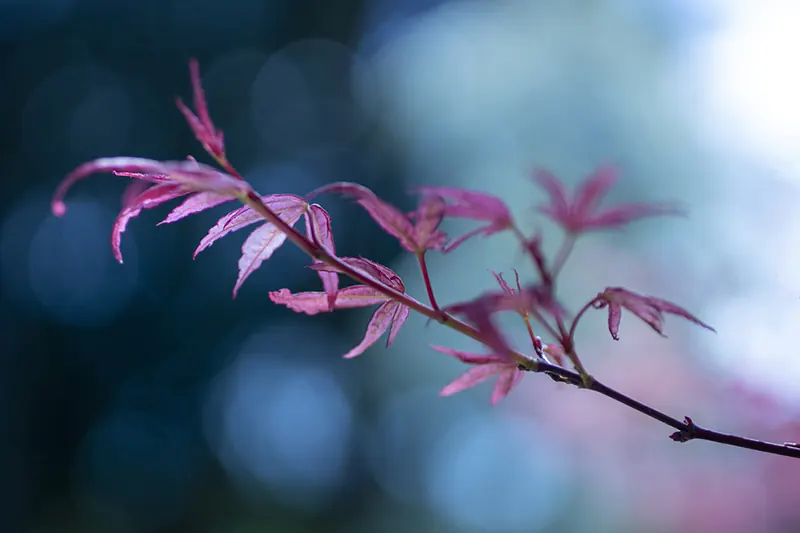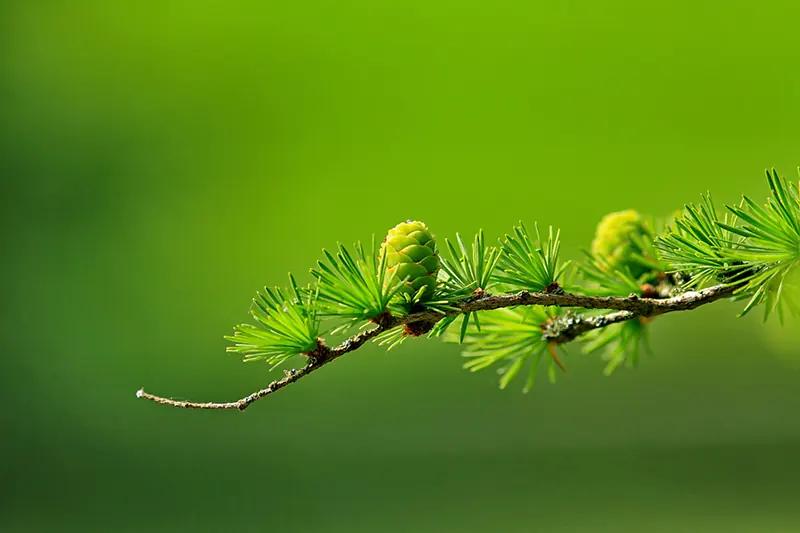How To Make A Bonsai Tree Grow New Branches
Part of creating a beautiful bonsai comes down to shaping. You want your miniature tree to look just like a full-grown, mature tree in nature. To get there, you need to promote a balanced branch structure. Unfortunately, younger trees or bonsai starter trees often don’t come with many branches, or they might not be in the ideal locations to create balance. As such, you might want to try and grow new branches to improve the balance in your tree or create a new style.
In this article, we’ll be looking at how to make a bonsai tree grow new branches. We’ll also look at a few issues you may face while trying to promote new branch growth in your bonsai.

Why Do I Want More Branches On My Bonsai Tree?
Branches and twigs are essential in bonsai to ensure your tree remains healthy and that the leaves have enough exposure to the sunlight. Branches also create balance and can make your tree appear more mature than it is. If you look at any mature tree in nature, you’ll see that they all have a branch structure. The structure may vary slightly according to the species, but it’s always present.
Trees will typically have a prominent leader extending from the trunk and forming the tree’s apex. Then there will be supporting branches sprouting outward directly from the trunk. From these branches, there will grow twigs to support the leafy canopy of your tree further. These branches are incredibly important as they provide more opportunities for leaves to grow, which supports your bonsai’s overall health and growth.

How To Promote New Branch Growth?
Pruning is the best way to promote a new branch structure, but we need to understand how trees grow before we can get started. Most trees grow apically dominant. This means that most of the growing energy is directed towards the top of the tree, such as the apex and top branches. You’ll see more rapid growth towards the top of your tree. Strategical pruning can help to direct that energy to other parts of your tree.
Step 1: Get Your Tools Together
Before getting started, you need to get all the tools you’ll need to use to make the pruning easier, and you don’t have to stop to look for tools. Some of the tools you’ll need for pruning include:
- Pruning shears
- Concave cutters or knob cutter
- Leaf cutter
Step 2: Look At The Tree To Identify What Needs Addressing
Before starting to prune your tree, first look at your tree. Consider where you want new branches to grow. Also, take note of any branches that aren’t needed or are growing too long. You might notice that certain branches on one side of the tree grow more rapidly than others. This can be due to the position of the roots and can give you a great opportunity to redirect that growth to promote the development of new branches.
While evaluating your tree, you also want to keep the shape you’re going for in mind. You may need to trim existing branches to refine your shape – this is also good for redirecting the tree’s energy.
Step 3: Remove Dead or Unwanted Leaves
Start by removing any dead leaves or flowers using a leaf cutter. If you want to promote new leave growth in that spot, remove the leave just before the node. Suppose you don’t want leaves to regrow in that location; cut away the entire node where possible.
Step 4: Removing Branches
Once you’ve identified the branches that can be pruned, you can start. It’s a good idea to work systematically, either from the bottom up or the top down. Start by first cutting away the branches that you don’t need for the final design of your tree.
These can be branches that are growing too low on the tree, branches that grow straight up or down, or branches that intersect the trunk of your tree. Use pruning shears to remove the branch and then concave or knob cutters to remove any remaining pieces of the branch so that it’s flush with the trunk.
Step 5: Trim Branches And Shoots
Finally, you can start refining the shape of your bonsai. You can do this by trimming any branches or shoots that are too long. You should trim back to at least four leaf nodes. Doing this will promote the development of shorter nodes between leaves, meaning your tree will become bushier. It will also stimulate the development of new twigs and branches, enhancing the ramification of your bonsai.

Pros And Cons Of Creating New Branches
Let’s take a look at some of the pros and cons of creating new branches on your bonsai.
Pros
- Promotes a better structure for your bonsai
- Redirects energy to other areas of the tree that needs more development
- Improves ramification
- Increases the overall health of the tree if done correctly
Cons
- Can stress out the tree if pruning is done at the wrong time
- This can lead to the development of branches in unwanted areas

Final Thoughts
When it comes to creating beautiful bonsai, there may be a few instances where you need to grow new branches. While nature is funny, and sometimes it is difficult to predict exactly where those branches will form, it is possible to divert your bonsai’s energy to develop new branches. As you gain experience with different species, it’ll also become easier to predict where you need to prune to promote growth in a specific spot on your bonsai.
FAQ
Let’s take a look at some other frequently asked questions related to branch growth in bonsai.
Dead branches should always be removed from your bonsai. Branches dying is not uncommon in bonsai and nature. Dead branches can carry diseases that could infect the rest of your bonsai if not removed quickly. If the dead branch is left and the disease is given the opportunity to spread, it could kill your entire tree. It is definitely better to lose one branch and redefine your style or promote new branch development instead of potentially losing your entire tree.
If branches are pruned all the way back and flush with the trunk of your bonsai, the branch will not grow back. Instead, the wound will form a callous layer over the cut, protecting it from future damage. However, there are some cases where new buds may form around the same site where the original branch was, so if you lost a branch you wanted to keep, you could grow out the new bud to take its place.
No, dead branches will not come back to life. And if they’re kept on your bonsai can become a risk for the overall health of your tree as it can spread disease. If you find that a branch has died on your bonsai, remove it as quickly as possible.







